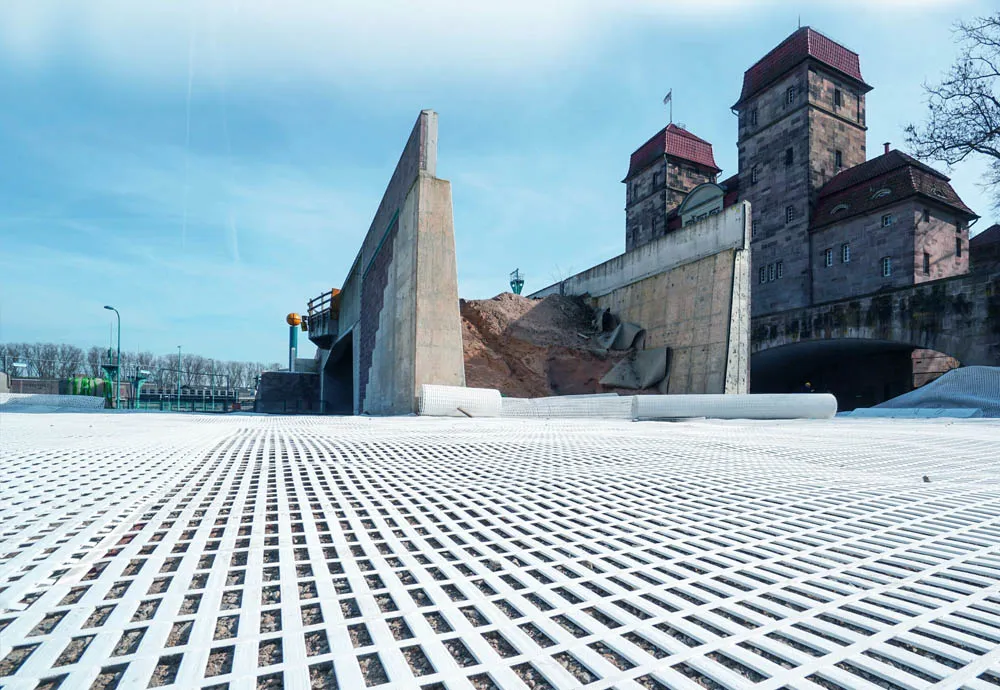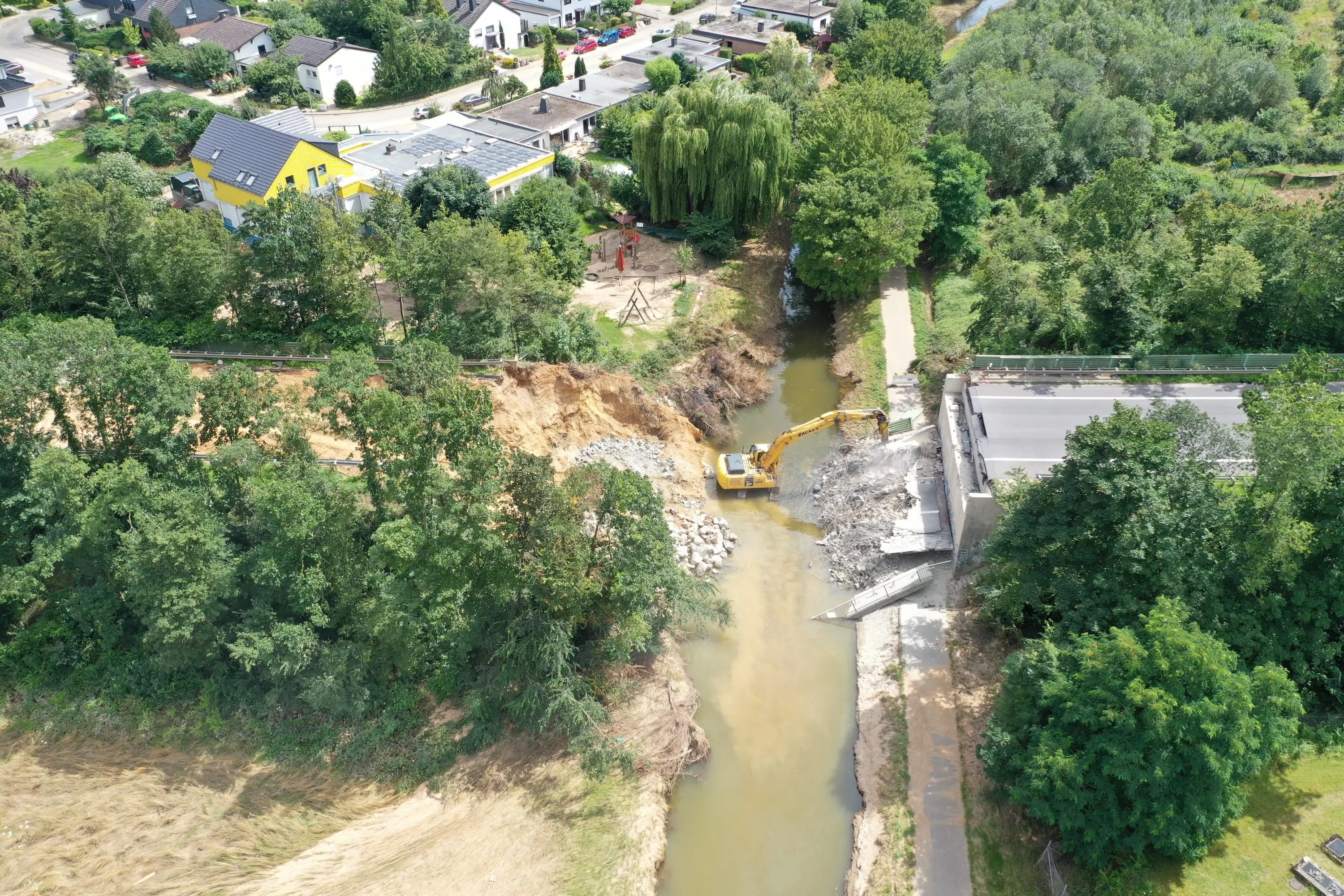
Where embankments have to be reinforced, subsoils stabilised, or sinkholes bridged, the need for soil reinforcement can be high due to extreme weather events.
However, NAUE claims that its Secugrid HS geogrids enable time savings for complex earthworks. With weak and compressible soils, earthworks can be tricky and time consuming. The fill has to be installed in stages, and the soft soil may need to be relieved by a deep foundation. These measures usually take a lot of time and increase costs. But the Secugrid HS geogrids can simplify and reduce earthworks.
High tensile strengths of the geogrids of up to 1200kN/m increase the long-term stability of embankments. The geogrids relieve the soft soil and stabilise the embankment structure. Differential settlements are mitigated, and larger fill heights reduce the construction time.
Secugrid HS was developed specifically for geotechnical applications in earthworks where tensile strengths of more than 400kN/m are required. The laid geogrids are made of high tenacity polyester filaments with an extruded polyethylene protective coating and welded junctions. They combine high tensile strengths and low creep tendency with extreme robustness and resistance even under permanent loads.









